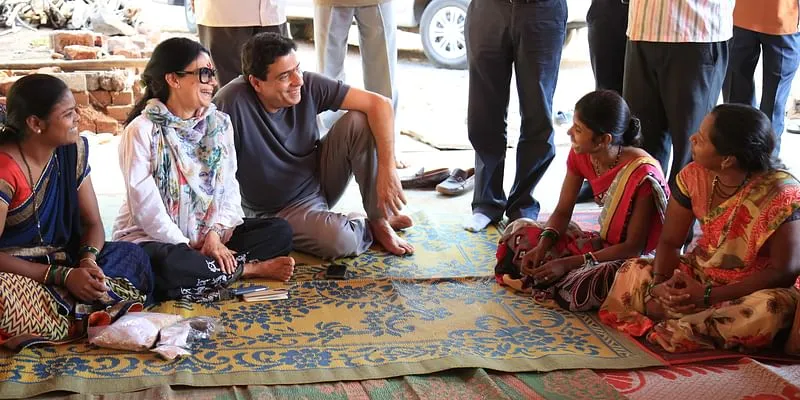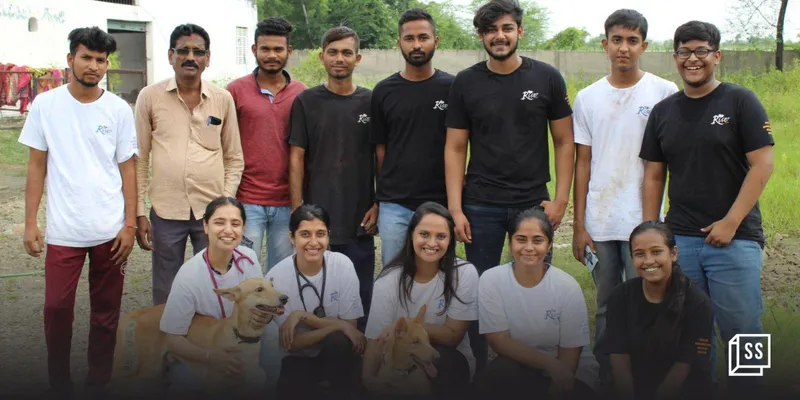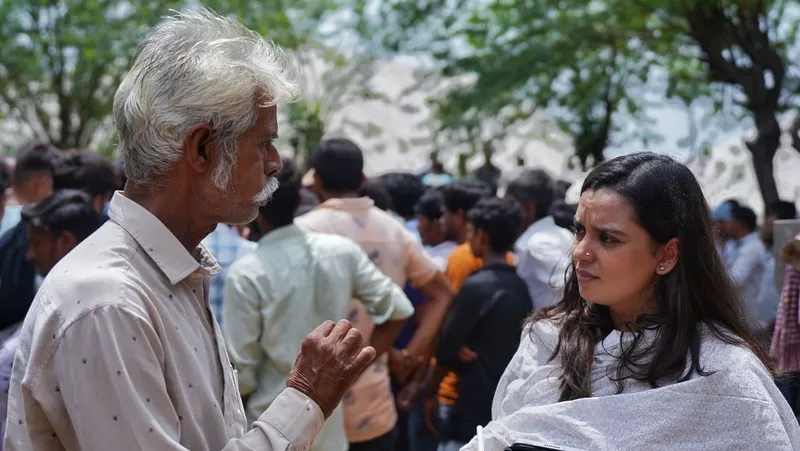From improving the socio-economic status of rural communities to discussing senior eye care: top SocialStories this week
Rural community development was the core focus of SocialStory this week, along with discussing senior healthcare and animal welfare.
This week, SocialStory threw light on the stories of various organisations involved in the development of rural backward communities in their own ways.
Running Swades Foundation, Ronnie and Zarina Screwvala are taking the concept of 'dream village' and community participation to rural areas, while Shruti Chaturvedi's civic-tech startup enables awareness of different government schemes.
Transforming rural India with Dream Village initiative

Zarina and Ronnie Screwvala interacting with the women in the Dream Villages
In Barasgaon village in Mahad, Raigad, about 200 kilometres from Mumbai, women are leading the change. Chosen by the locals to lead the Village Development Committee, 10 women are on a mission to transform their village into a 'dream village'. The first step was full immunisation against COVID-19.
Apart from this, the women of Barasgaon also run a self-help club and support their family members in dairy farming. They demonstrate the best examples of community ownership, women empowerment, and what makes a village a 'dream village'.
This is just one village among many that are part of the Dream Village initiative conceptualised by Ronnie and Zarina Screwvala under Swades Foundation in 2013. So far, 53 villages have met all the parameters to be declared as Swades Dream Villages under phase one, which means that every rural household has access to an individual toilet, potable drinking water through taps at home, access to healthcare services, an education, and opportunities for a diverse range of livelihood. About 22 villages are almost about to complete all parameters.
Inside Rise for Tails' rehabilitation home for 3,000 stray animals

Gargi Vairagare—a cynophile, paraglider, and entrepreneur—envisions a compassionate and inclusive society for animals to live with dignity and safety.
She is realising that vision through , a non-governmental organisation (NGO) which serves stray animals with healthy food, shelter, and efficient medical services. Rise for Tails started with the question, “How do we ensure a decent life for these young voiceless souls on the streets?”
With an industrialist father, a mother working in the corporate sector, and a sister living in the US, Gargi followed an entirely different route, dedicating herself full-time to helping these needy animals.
She believes that every life is precious, be it a human or the little voiceless animals on the streets.
Eye care: Why are seniors more likely to suffer from eye diseases

As people grow old, the risk of eye diseases and conditions increases significantly and becomes only worse with time.
According to the World Health Organisation (WHO), nearly 285 million people globally are visually impaired. Almost 82% suffering from blindness are aged 50 or above.
In fact, over 137 million Indians have near vision loss, and 79 million people suffer from impairment. This is why it's important to understand the warning signs of age-related eye issues and seek professional care to safeguard vision.
Addressing problems of rural population with technology

The Government of India has launched various programmes for the development of the rural population, including the National Rural Livelihood Mission, MGNREGA, Bharat Nirman, and others. However, a large portion of the rural population is not aware of such programmes or the procedures to fully benefit from them.
Shruti Chaturvedi founded India Action Project (IAP) earlier this year to solve these challenges by bridging the gap between decision-makers and beneficiaries with the use of data, technology, and communication models.
IAP is a Gujarat-based civic-tech startup where young Indians are on a mission to unlock India’s social, economic, and political potential.
It has a team of Jan Saathis (who are one among the locals) focused on creating awareness and addressing the challenges faced by rural India by enabling meaningful conversation channels and leveraging data intelligence.
Edited by Kanishk Singh






